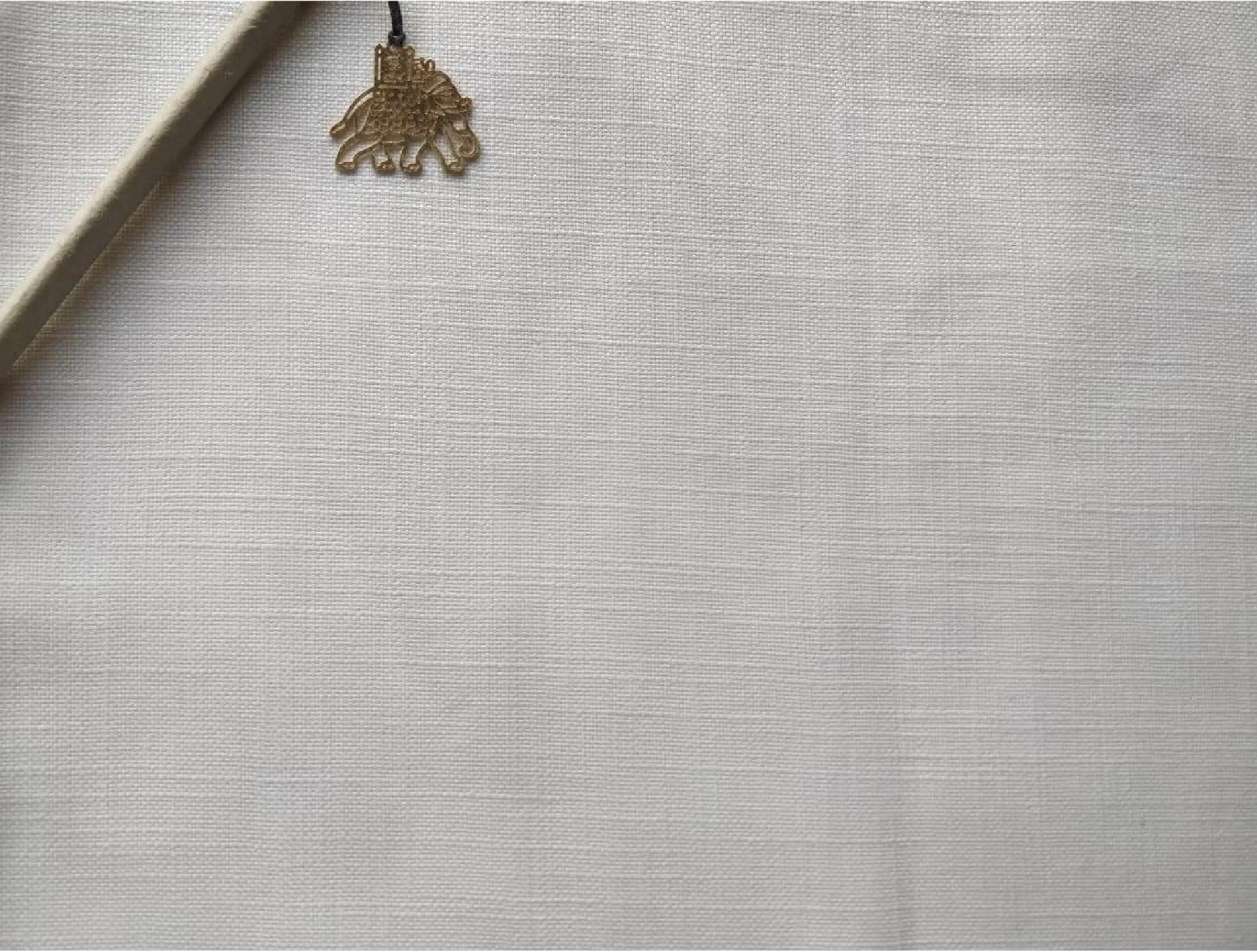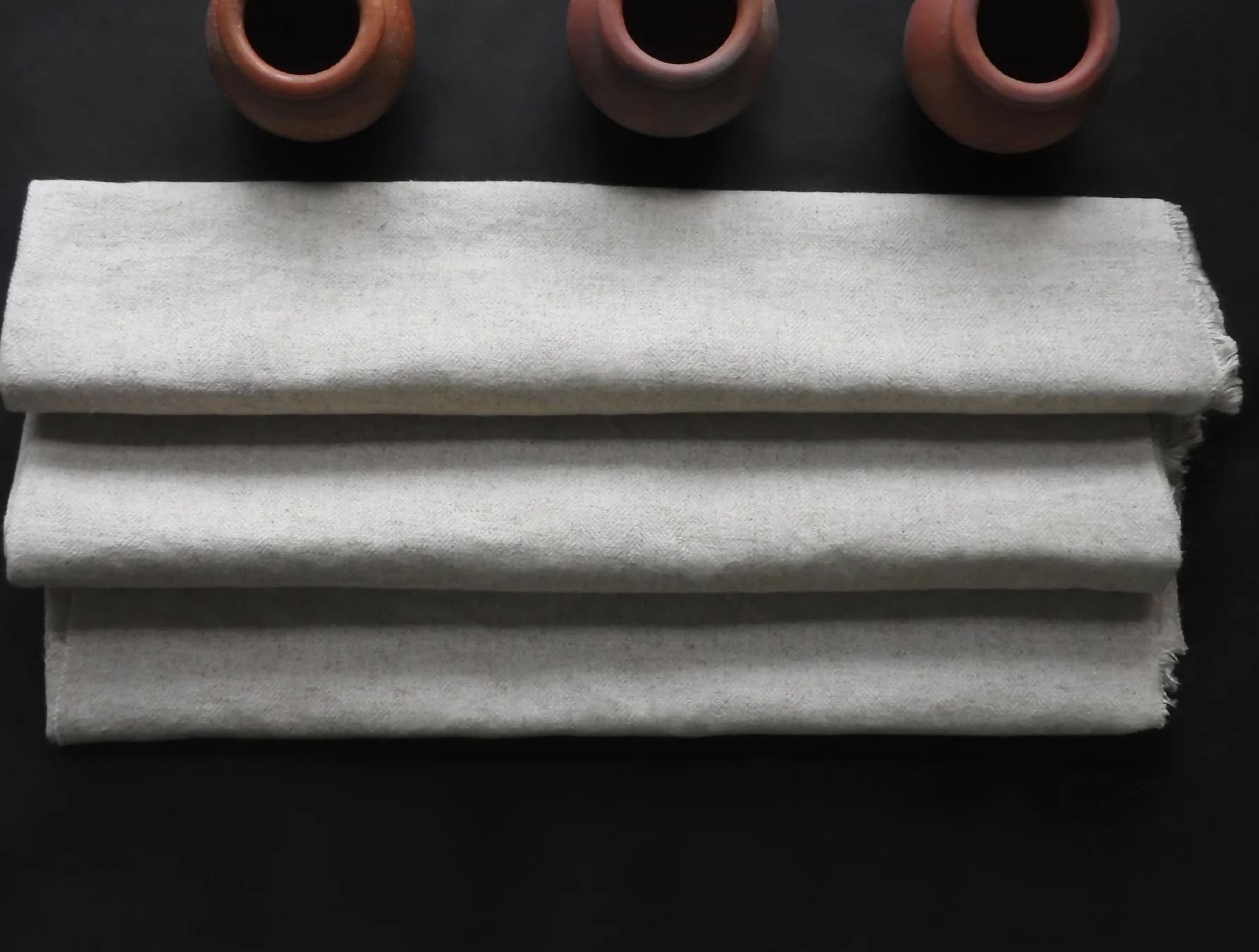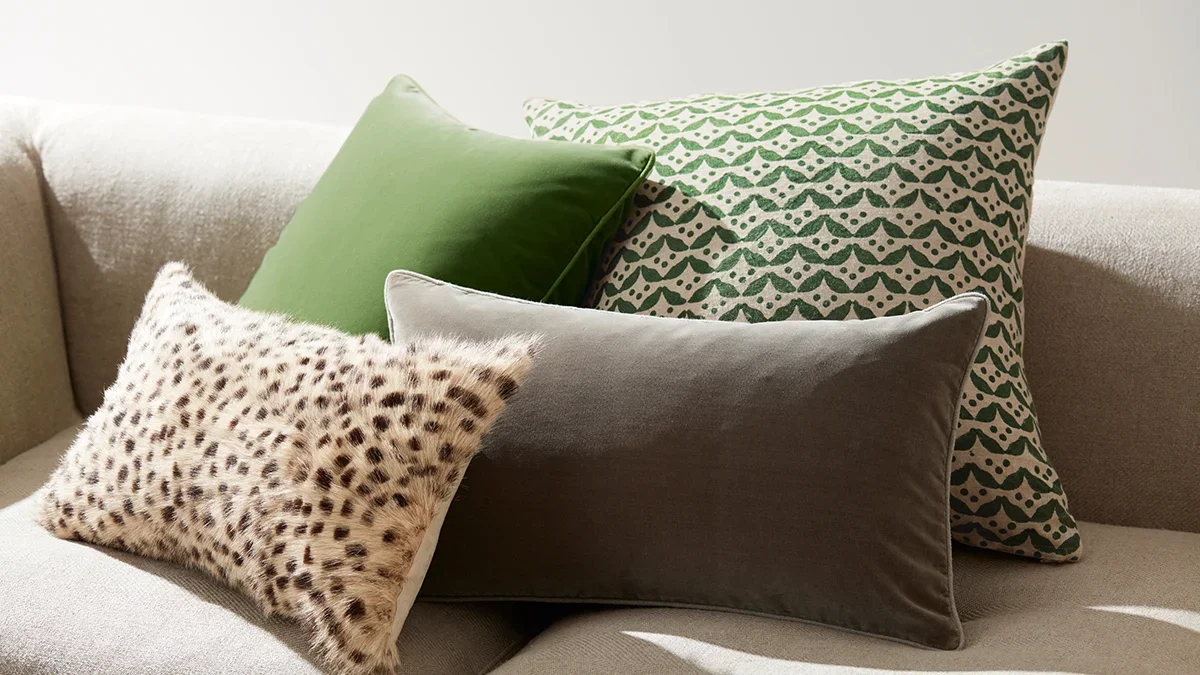Embroidered upholstery adds a rustic and artistic feel to the home. I remember my grandmother and mother would do special chain stitch or Chinese satin stitch designs inspired by nature on our table covers and tea cozy. My mom recently gifted me some of her amazing embroidered pillow covers, napkins, and tea cozy collection, all hand-embroidered by her. I never took much interest in school for needlework and found it to be such a task to complete needlework assignments. It is only now that I have discovered the beautiful space of fabrics and how much one can do with the right base.
Since many centuries embroidery has been a meticulous craft. Motifs inspired by nature have always been very popular to adorn the fabrics – right from home décor to garments and accessories. Geometric and abstract designs have also found place in the creator’s creativity. In this blog we will take you through some of the world’s most popular embroidery techniques and how selecting the right fabric for your cushion cover collection can give a whole new spin to the embroidery design. These are mainly hand embroidery techniques which are now replicated by machines too. You may choose to opt for hand embroidery for a more real look or machine embroidery for a more uniform and consistent look. If you ask me, I like both.
Let’s dive into some age-old-but-still-trendy embroidery techniques and fabric pairing. In India, the styles and techniques originating from specific regions became popular and are to date being used. These art forms used a mélange of stitches to enhance the aesthetic quotient.
- Chain stitch on Linen, Silk & Cotton
Kashmiri embroidery, made popular by the Persian and Mughal emperors in India, uses simple chain stitches to create decorative art inspired by the beautiful Kashmiri landscape. Only a chain stitch outline and filler look great on an open weave fabric like cotton, linen, and linen-cotton blends, wool, and silk. If you are going traditional with wool threads, then I would recommend taking thicker fabrics so the embroidery will not make the fabric droop or stretch. For cushion covers, you can opt for full coverage embroidery, whereas for curtains or table linen, opt for delicate embroidery on earthen colored bases.

- Satin stitch on Cotton and Linen
This stitch is mainly used for fillers as it is closely sewn and brings a wholesome decorative effect on the fabric. However, because it is used to fill a design, it requires heavyweight fabrics to bring out its beauty. Lower count linen (courser linen), cotton or its blends fits well as a base fabric for pillow and cushion covers. You can also try this stitch on a multi blended fabric, mainly a mix of synthetic and natural fibres fabrics like polyester-cotton, polyester-cotton-linen or viscose-polyester. Dark coloured threads on light coloured fabric are a win-win combination. Chikankari, Kantha, Phulkari, Chamba Rumal and Kashmiri embroidery styles use satin stitch extensively to make the motifs and flora and fauna designs stand out.

- French knot on Slub/textured Fabrics
Knots were primarily used to enhance the detailing of decorative art. In floral designs, this embroidery technique is used to make pollen or in minimalistic designs, knots are also used as whole small flowers. If you are planning to use this technique alone, pick slub, or textured natural fabrics. The base fabric must be fancy and good looking so the embroidery can simply take the aesthetics a notch up. Almost all Indian embroidery styles use the French knots as part of their designs, especially on small cushion covers, tea cozy, pillow covers, and fabric wall hangings.

- Flame Stitch on Cotton Canvas
Also known as bargello needlework is traditionally used to decorate upholstery. It is a single vertical and flat stitch in geometric patterns. It is popularly used for quilts and carpets but now extensively used for other upholstery like cushions and pillow covers. Since this style uses a myriad of colored threads, it requires a plain-weave canvas fabric to work its charm. It is a style of embroidery that becomes the aesthetics itself rather than complementing the fabric base. Most commonly, when used for cushion covers, cotton canvas fabrics are used. It also wears well on linen twill fabrics to give it a more luxurious look.

- Stem stitch on hemp fabric
No, it is not used to only make stems in floral designs! This style of embroidery looks good to make outline patterns and edgings for cushion covers, pillow covers, and table linen. It is a minimalistic design added to the fabric and is very light on the eyes. We recommend using it on hemp or hemp-cotton blended fabrics as the fabric itself is wonderful, the stem stitch on it is like icing on the cake.
There is no particular way of describing embroidery styles or stitches. It is as fluid as the creativity of the craftsperson. We have attempted to give you a good head start with this fabric pairing for your next embroidery project. Tell us about any other fabric that you may have used for embroidery.
Keep stitching and spreading the cultural joy of this beautiful art form!

